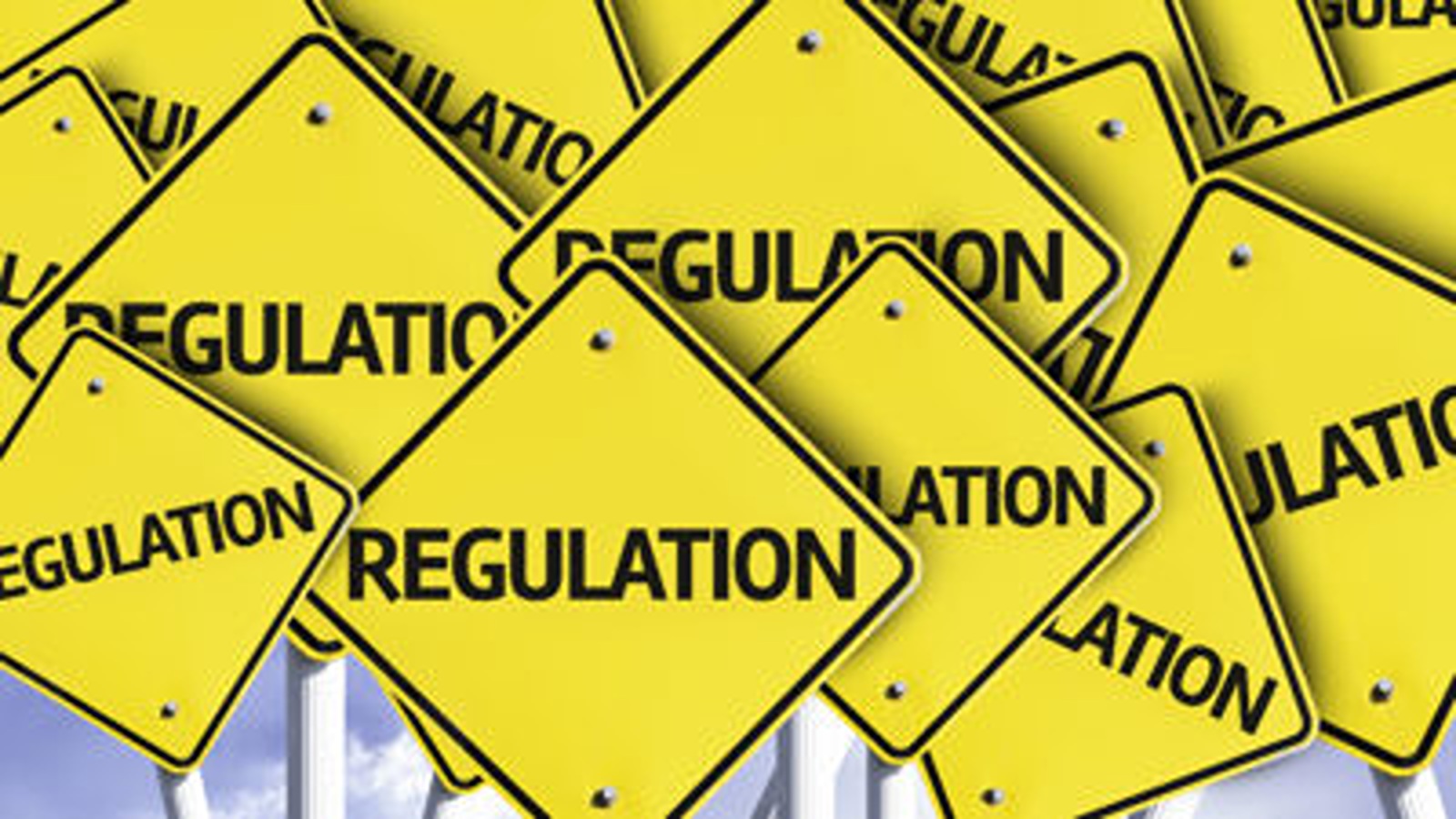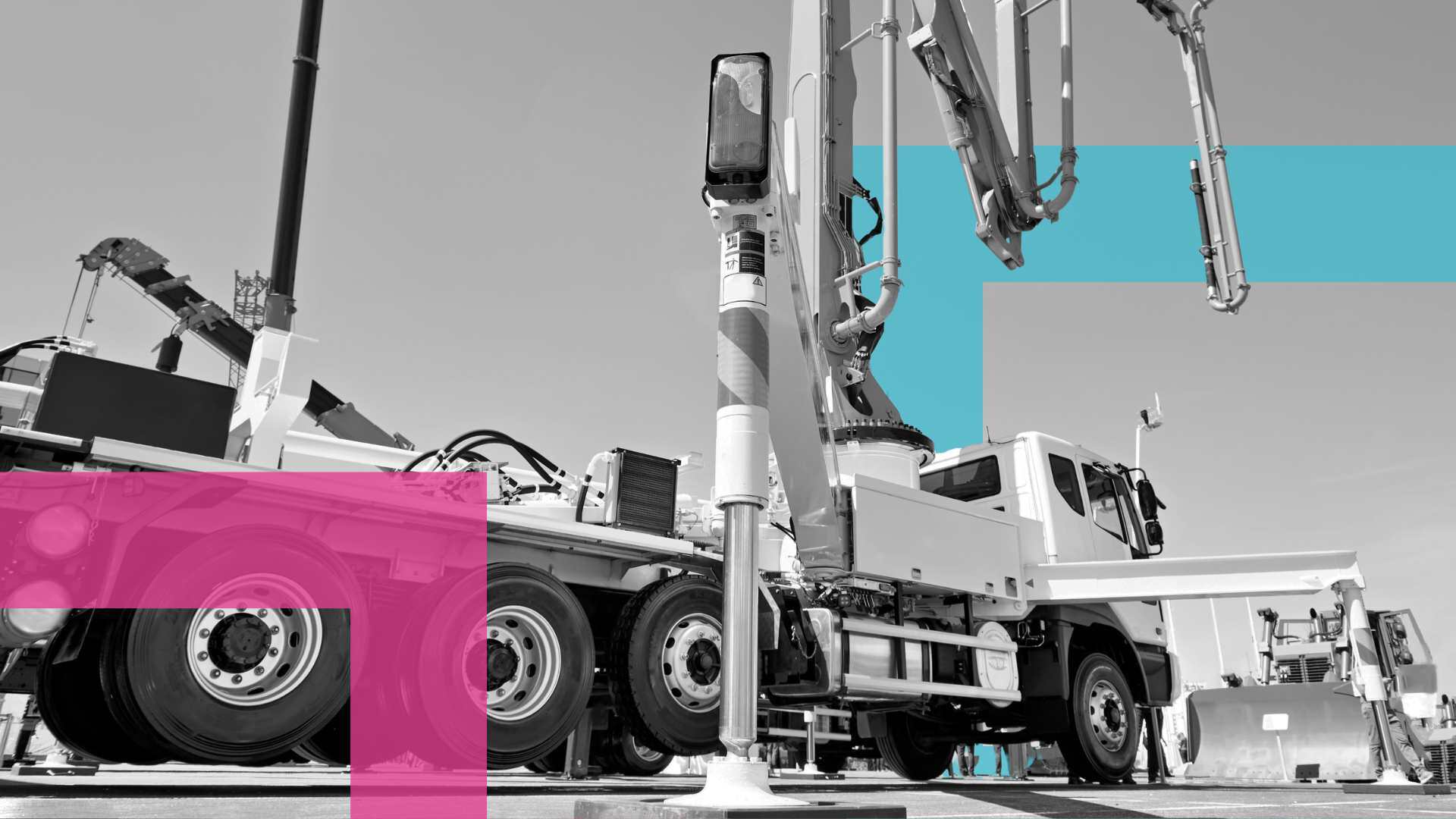Pre Start Plus rebranded to Ideagen Asset Guard
Ideagen Plant Assessor is pleased to announce the rebrand of its flagship pre-start app, Pre Start Plus, to Asset Guard. This rebrand aligns with...
|
|
Machinery Pre Starts
|
|
|
Risk Management &
|
|
|
Document Management
|
|
|
Dashboards & Reporting
|
|
|
Machinery Risk Assessments
|
|
|
Service & Maintenance
|
|
|
Safe Operating Procedures
|
|
|
MySite
|
|
|
View All Features |
Case Studies
Hear from our clients
Events
Find us at industry events
Guides
Find industry-specific guides
Learn
Educational content
News & Articles
Industry news and articles
Safety Legislation
We keep up with safety legislation
so you don't have to
Videos
Find overviews and informative
videos here
Webinars
View upcoming and on-demand webinars
Promotions
See our current promotions
FAQ
All of our frequently asked questions
Help Centre
How to use our software
View a Demo
Let us walk you through Ideagen Plant Assessor features
Release Centre
Product updates and release information

We are not prone to lumping our opinions upon our audience, preferring instead to provide you with nourishing information designed to help you improve safety of your plant & equipment, however the team at Plant Assessor find it hard not to shake our heads at the politically motivated circus that has encircled Victoria’s failure to launch harmonised workplace health and safety legislation since 2012.
Victoria was arguably the dominant force in the WHS harmonisation review, with much of the model legislation heavily influenced by the content of the Victorian legislation.
Then there was a State election soon after and the new government started with the inevitable “we’re for business” and “we’re against red tape” rhetoric. We all knew what would happen next – harmonisation was about to hit a speed hump that would put it seriously out of tune, and that is exactly what occurred.
Fast forward to today – the new Victorian OHS Regulations came into effect June 18, 2017 – the result of a lengthy and costly consultation and drafting process.
What, you ask, was the outcome?
The answer – not much. Not much more than the need to update all of your documentation for a new regulation numbering system that has changed but does not have any symmetry with the harmonised regulation numbering.
At best, it is a tweak around the edges of the issues, with some pretty limp “reductions” in red tape with regards to record keeping and so on.
At worst; it is costly and a missed opportunity to bring Victoria into line with the rest of the country, eliminate variations between States and right some wrongs when it comes to plant & equipment safety.
So what does it mean for plant & equipment people?
From a plant inspection and risk assessment perspective, the good news is that we haven’t had to change a single item in Plant Assessor’s Victorian risk surveys or reports, other than legislative references. This means there will be no unwanted surprises arising from your risk assessment process after June 18.
There are a number of changes to High Risk Work licencing and one or two other areas, in particular regarding emergency procedures where engulfment risks are present, details of which can be found here.
There have been some superficial changes to the wording of plant supplier obligations, which appear to have been done in good faith with a genuine desire to reduce red tape. We’re just not sure that they have the desired effect…
In the 2007 Regulations there were three key responsibilities placed upon plant suppliers:
1. Ensure that the hazard identification and control of risk measures set out in the Regulations had been carried out
2. Take all reasonable steps to obtain information from the designer and manufacturer of the plant and provide this information to whom the plant is supplied
3. Supply plant that is safe and without risk to health if used for the purpose for which it was intended
These were required regardless of whether the plant was new or used. Under the new Regulations suppliers now have two key responsibilities:
1. Provide information given to the supplier from the designer and manufacturer of the plant to
whom the plant is supplied
2. Supply plant that is safe and without risk to health if used for the purpose for which it was intended
Worksafe Victoria have provided the following explanation for the change “The change removes unnecessary prescription and duplication.” They go on to say “…as a supplier, you still have general duties under section 30 of the Occupational Health and Safety Act 2004 (OHS Act) to ensure that that plant you supply is safe and without risks to health if it is used for a purpose for which it was designed, manufactured or supplied.”
Whilst these changes claim to help suppliers, the fact is that suppliers still have the same ultimate responsibilities as they previously did (that is, supply safe plant). The question is – how does a supplier ensure they supply safe plant without applying the hazard identification, risk assessment and control process?
In addition to this, we believe there has been an opportunity missed to adjust the legislative framework to eliminate what has always been a gap in the Victorian legislation relating to supply of second hand plant.
Just as was the case under the 2007 Regulations in Victoria, a strict interpretation of the legislative requirements confirms that a supplier cannot sell plant that has faults (faults = not safe). A fault could be as simple as a missing safety label or as complicated as a technical safety device requirement buried within an Australian Standard (of which the supplier may have no knowledge).
In harmonised jurisdictions, suppliers can supply second hand plant which has faults, provided these faults are identified and the purchaser is notified of them. This is indeed what has been happening in Victoria for many years, even though it does not strictly comply with the requirements of the legislation.
Under either circumstance, suppliers will still need to systematically identify whether the plant they supply is safe for use and provide relevant information to purchasers. It is hard to see that the changes here have in any substantial way reduced the administrative requirements upon plant suppliers.
We welcome your feedback and questions in relation to this and other plant safety matters, please contact us to start the conversation.
Disclaimer: This information is intended to provide general information on the subject matter. This is not intended as legal or expert advice for your specific situation. You should seek professional advice before acting or relying on the content of this information.

Ideagen Plant Assessor is pleased to announce the rebrand of its flagship pre-start app, Pre Start Plus, to Asset Guard. This rebrand aligns with...
.png)
Many businesses operating machinery still rely on traditional paper pre start books for daily machinery checks. While these booklets serve their...

A concrete company based in Melbourne has been convicted and fined $30,000 after an incident involving a concrete pump resulted in a worker’s hand...